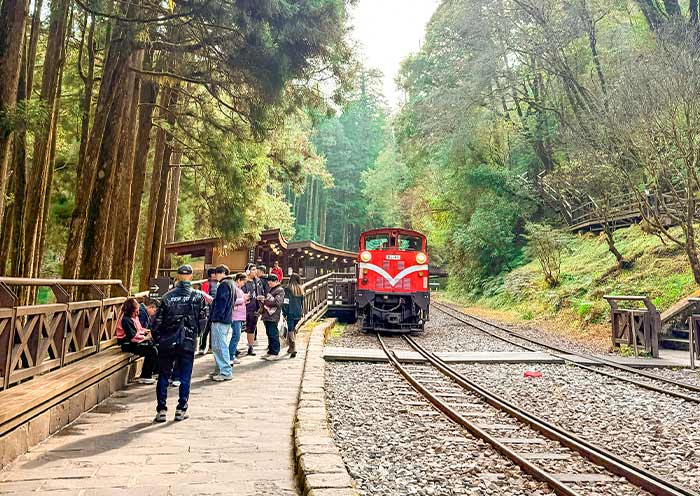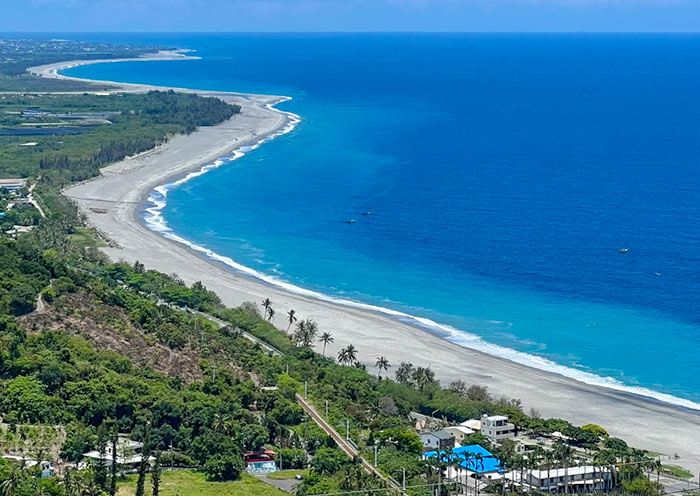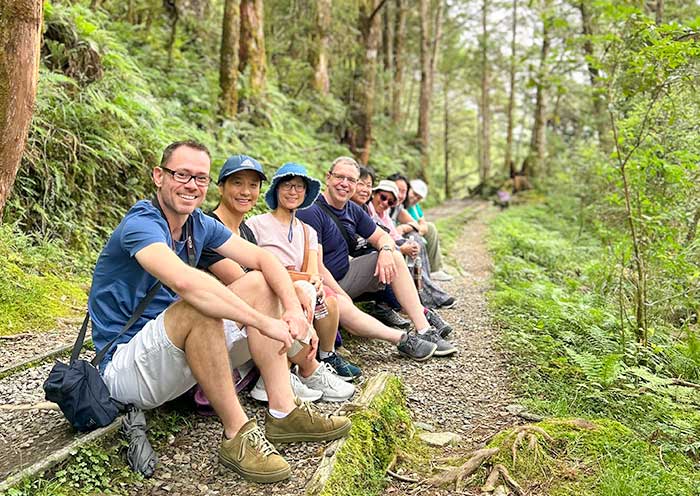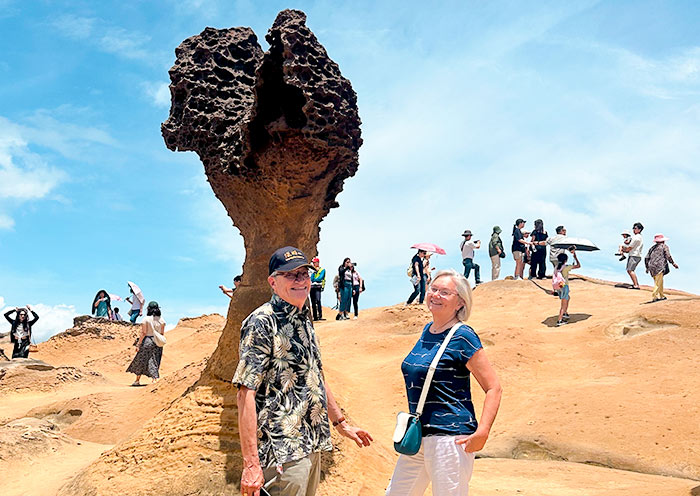11 Days Taiwan Family Tour & Taiwan Round Island Tour
- Highlights
- Itinerary
- Price
- Trip Notes
- Accommodation
- Photos
- Reviews
Circle Taiwan Island at an Easy Pace for Family
Kid-friendly, senior-friendly, pure win! You'll smile, truly relaxed, with not a worry in sight. Taiwan is perfectly suited for a family tour at just right pace. This incredible island is bursting with culture and nature all around. Get what you love with our 11 Days Taiwan Family Tour.
This Taiwan Family Tour will take you around the island.
For culture enthusiast, visit Taipei's world-top-tier National Palace Museum to admire Chinese artifacts, explore local Longshan Temple for spiritual culture, and tour Kaohsiung's Fo Guang Shan Buddha Museum for Buddhist culture. Craving Taiwan food, savor Taipei street food and enjoy fresh seafood in Kaohsiung.
Nature lovers can explore Taipei's Mars-like Yehliu Geopark, cruise Sun Moon Lake, hike Alishan, and visit Qixingtan Pacific Coast. Along the journey, you and your family can try new activities like releasing sky lanterns at Shifen Old Street, and DIY pineapple cakes and traditional arts.
Join this tour to create lasting family memories. Fun and warmth ahead!
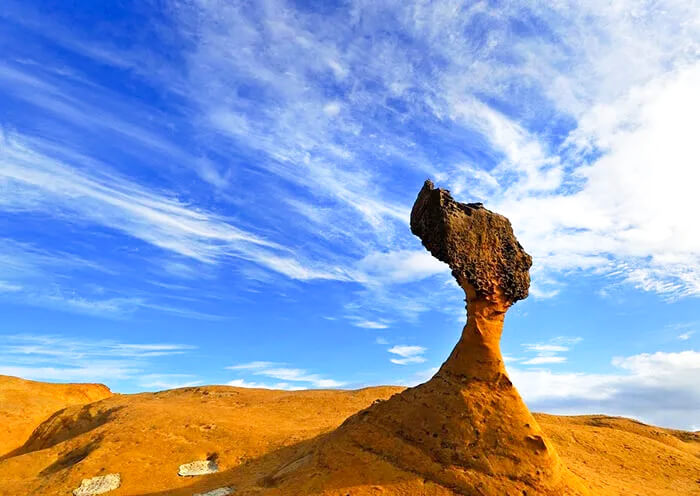
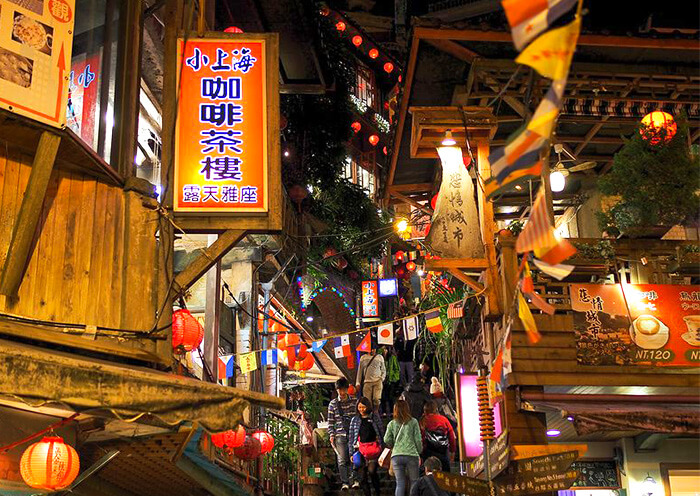
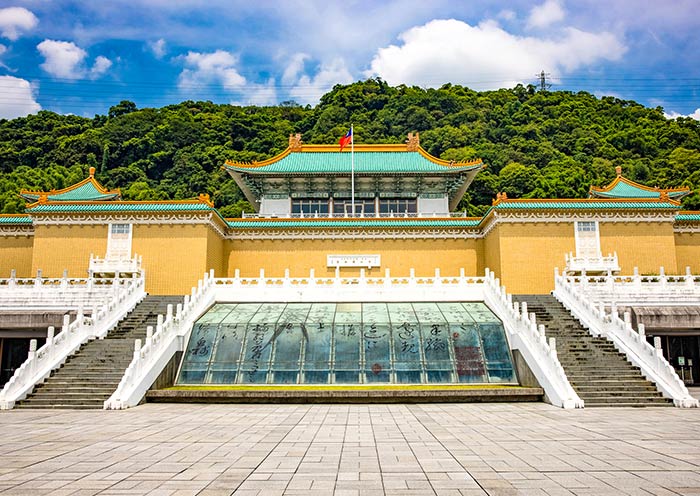
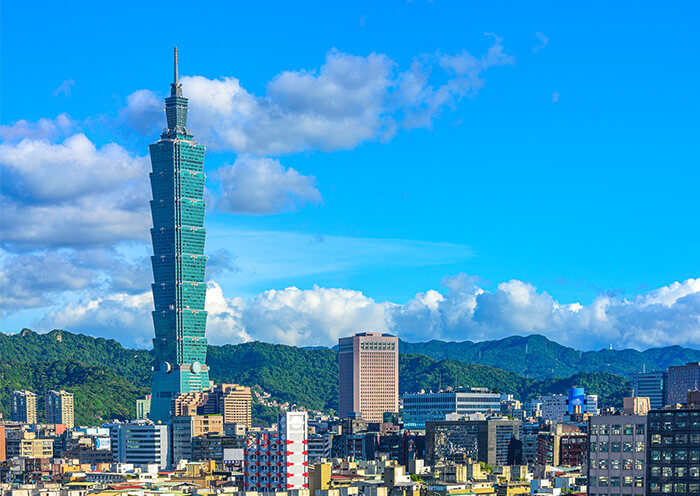
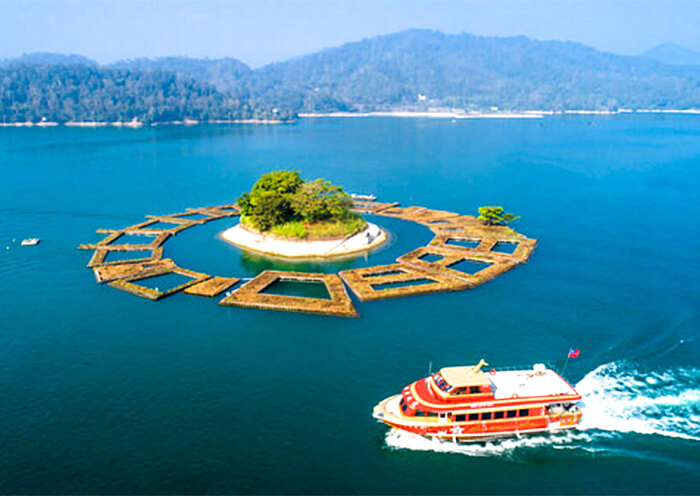
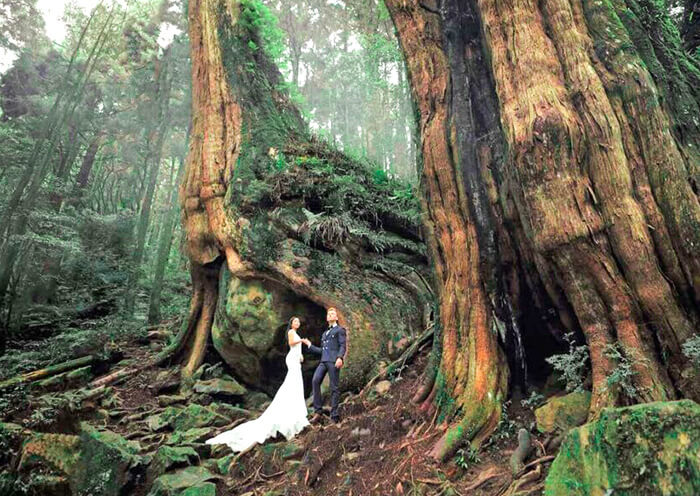
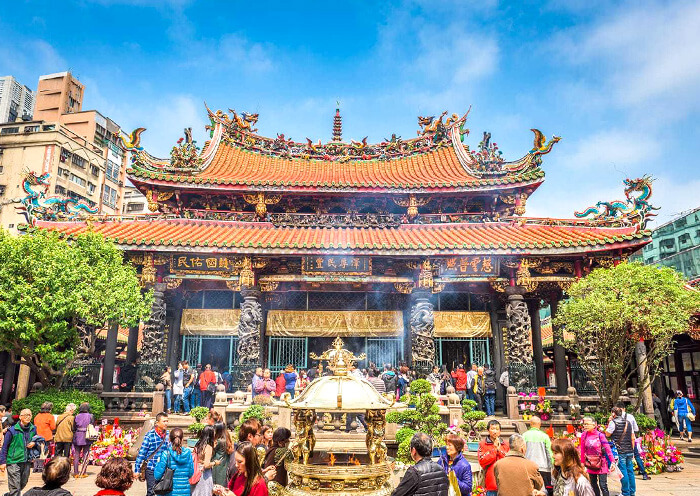
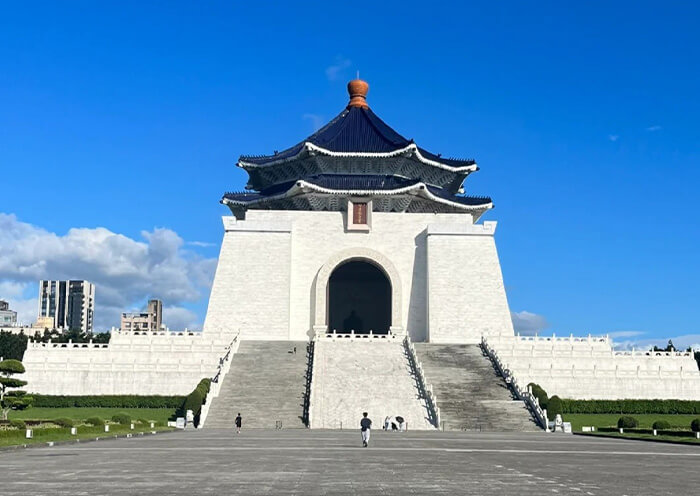
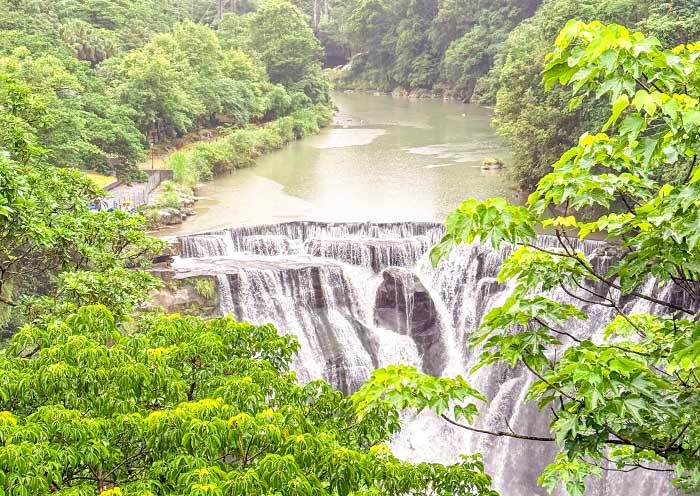
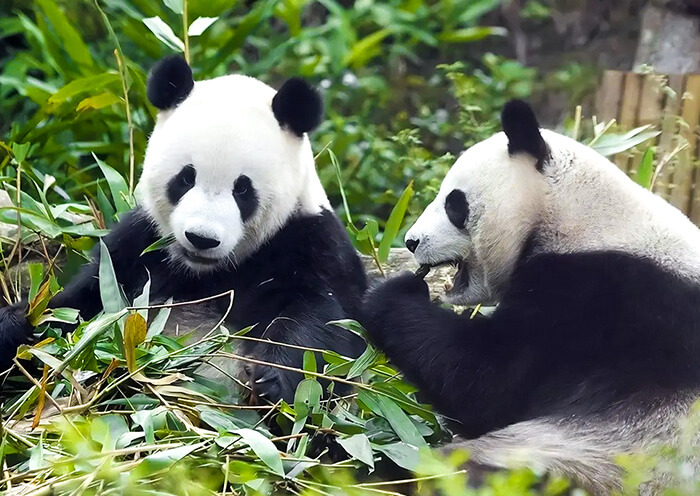

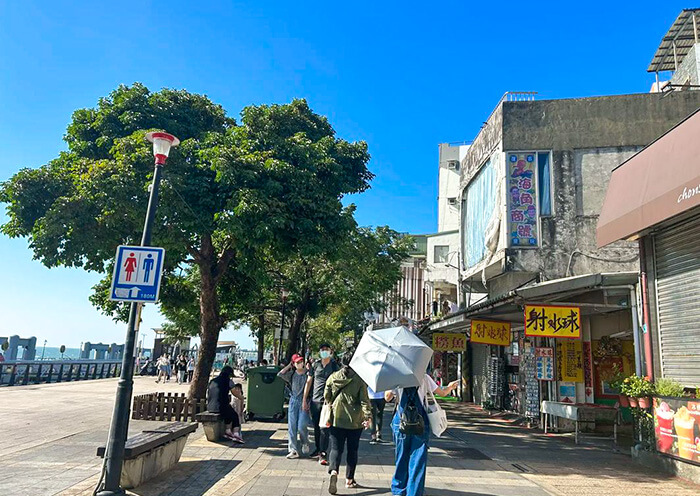
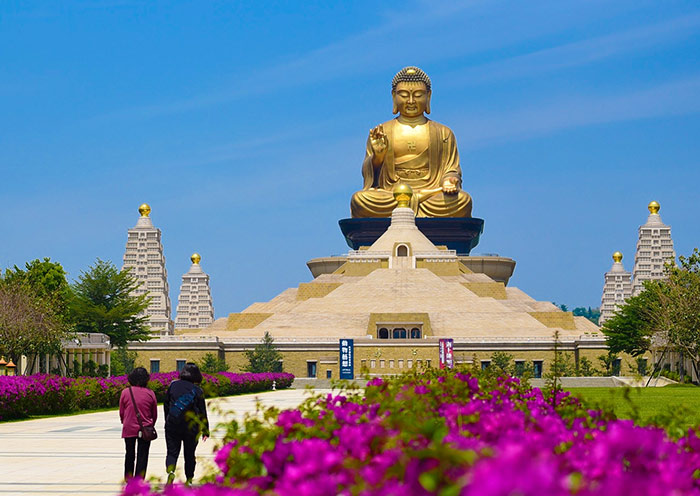
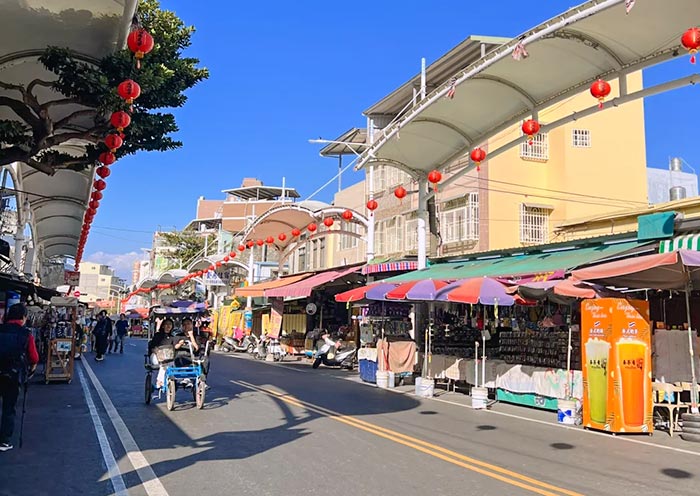
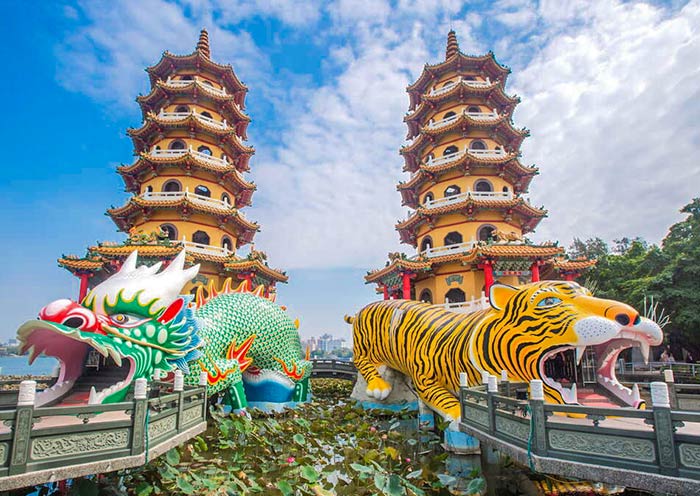

Itinerary at a Glance
Taipei, Taiwan (5 Days)
Yehliu Geopark, Jiufen Old Street, Shifen Waterfall, Shifen Old Street, Beitou Hot Spring Museum, Thermal Valley, Tamsui Old Street, Tamsui Fishman’s Wharf, National Palace Museum, Longshan Temple, Chiang Kai-shek Memorial Hall, Taipei 101, Taipei Zoo, Maokong Gondola
Sun Moon Lake, Taiwan (1 Day)
Sun Moon Lake Cruise: Shuishe Pier → Xuanguang Temple Pier → Ita Thao Pier → Shuishe Pier
Alishan, Taiwan (1 Day)
Alishan Mountain Forest Train & Hiking. (Choose A Route or B Route).
Chiayi, Taiwan (0.5 Day)
Hinoki Village
Kaohsiung, Taiwan (1 Day)
Fo Guang Shan Buddha Museum, Cijin Old Street, Lotus Lake, Kaohsiung Museum of History
Taitung, Taiwan (1 Day)
Sansiiantai Nature Reserve, Monument of The Tropic of Cancer
Hualien, Taiwan (1 Day)
Qixingtan Beach, Chishingtan Katsuo Museum
Yilan, Taiwan (0.5 Day)
Siho Aquatic Products Factory, National Center for Traditional Arts
Taipei, Taiwan
Departure from Taipei
Itinerary Day by Day
Li Hao (Hello)! Welcome to Taipei. Upon your arrival, our guide and driver will pick you up at Taiwan Taoyuan International Airport (TPE) and take you to your hotel for check-in. Stretch your muscles and relax - you have ten more days to discover Taiwan.
Spare Your Free Time:
Taipei is a city that simply feels happy. You might not expect a city to be so gentle and subtle, but that's exactly what it is! Everyone in Taipei genuinely radiates a relaxed comfort; they're polite and wonderfully helpful. You can wander the streets, lose yourself staring at shop signs, or strike up conversations with passersby. These are moments of "quiet happiness."
Or savor tasty local snacks at Shilin Night Market (士林夜市). It’s Taipei's top night market – the largest and most famous. First-time visitors to Taipei usually choose this one, with over 500 food stalls.
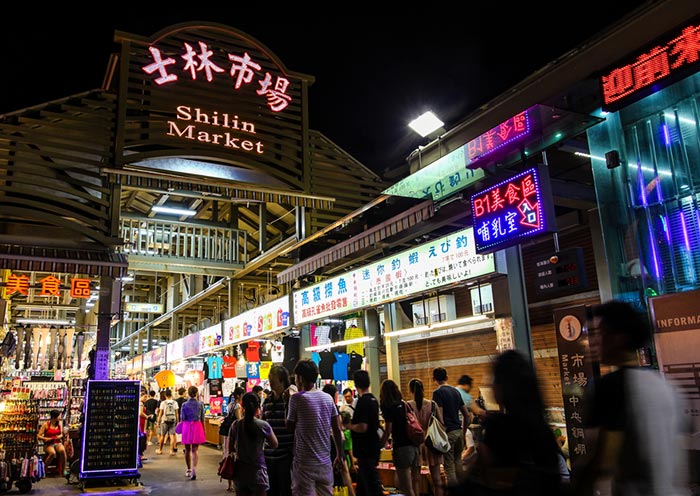
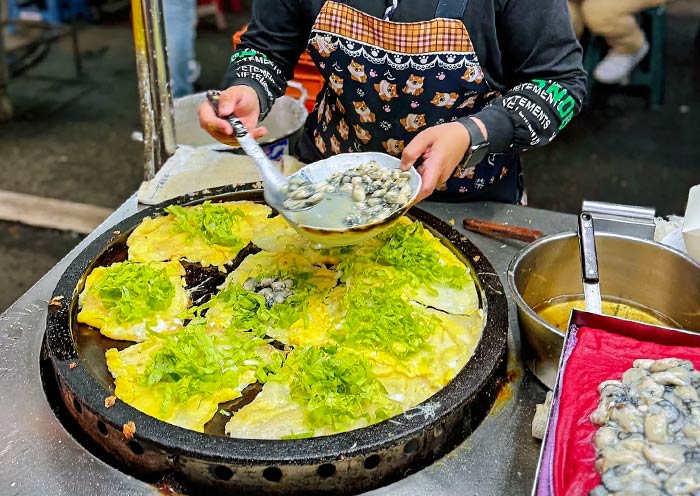
Today, you will tour unique rocks, waterfall, romantic old street in a day.
After breakfast, drive 30-40 minutes from the hotel to Yehliu Geopark (野柳地质公园), a must-see in Taiwan. It’s the most iconic geological park in northern Taiwan, and was even praised by CNN as the most Mars-like place on Earth. The strange rocks are highlight of this 1,700-meter-long narrow cape. It could be a surprise if you facetime someone and say “Guess where I am!”
In scenic area, Queen’s head (女王头), Taiwan tourism's landmark and calling card, will amaze you. The 2 meters tall rock, with a slender neck, resembles a queen sitting majestically, facing sea with her wind-blown crown. Long way to admire other rocks! Let your imagination run wild. Nature has no fixed answers.
Yehliu is also an important stopover for migratory birds, so birder would have a double gift in March, April, and October.
Next, we'll drive 0.8h to Shifen Waterfall (十分瀑布), famous as "Taiwan's Niagara Falls". Its powerful spray creates a magnificent sight. Up close, waterfall's impressive 20-meter height and 40-meter width, along with its stunning rainbows, become even more apparent.
Then, arrive at Shifen Old Street (十分老街), one of the birthplaces of sky lanterns and a popular "train street." Here, trains pass through, lined with traditional house mixed with Chinese & Japanese style. Countless films have been shot here. You can launch a sky lantern, writing your wishes on it, and feeling as if they're coming true as it ascends into sky. Be your hero or heroine!
Finally, drive 0.6h to to Jiufen Old Street (九份老街), Taiwan's famous mountain town. It prospered in the 1940s due to gold mining. Boom to bust. Revive due to Hou Hsiao-Hsien's classic film A City of Sadness. Admire winding stair alleys, rows of vintage red lanterns, old Japanese-style buildings.
While exploring, sit down and enjoy some tea. A sweet tooth will be obsessed with Jiufen's traditional taro balls. Look out, mountains and sea appear together, perfect partners to relax your mind. As night falls, sunset dyes mountains red. And red lanterns illuminate early, their lights seemingly pouring into sea!
After the tour, drive back to hotel in Taipei.
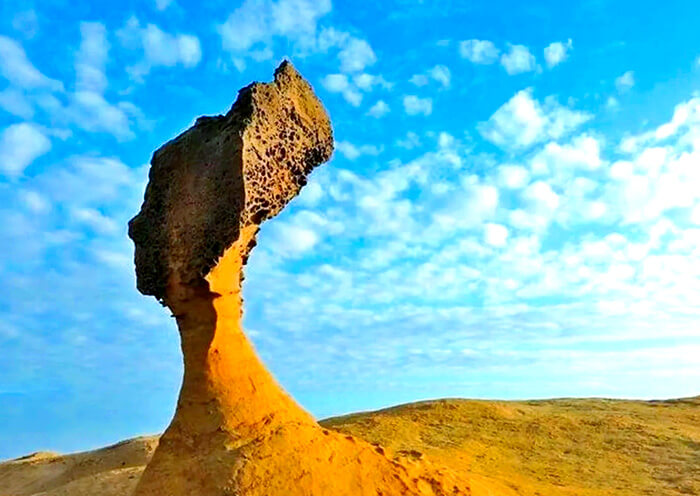

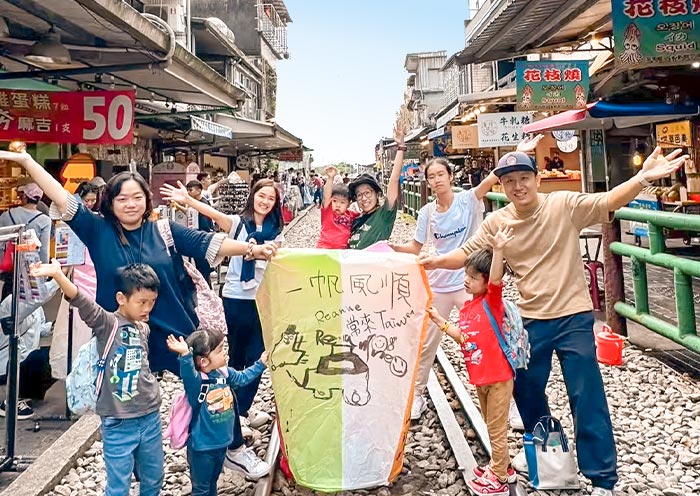

Today, enjoy a day in Taipei’s bustling city center for classic spots.
First, head to the National Palace Museum (故宫博物院). It's one of the best museums in the world. Finished in 1965 in the style of traditional Chinese palace, museum houses almost 700,000 items, showing Chinese art from 8,000 years ago all the way to today.
Most of the amazing items are on the main four-story floor. You’ll admire three national treasures: Meat-Shaped Stone (looks like real pork belly), Jadeite Cabbage with Insects (a beautiful jade carving that was part of a queen's dowry), and Mao Gong Ding (an ancient bronze pot from Western Zhou Dynasty with ancient offer” inside). Look into ancient times that have long passed.
Second, discover longshan Temple (龙山寺), Taipei's spiritual heart, one of Taipei's most historic and beloved temples. This nearly 300-year-old temple blends Buddhist, Taoist, and Confucian traditions. Hailed as the "essence of Taiwanese temple art," its exquisite architecture boasts ornate carvings, palace-style wood, and intricate details.
This lively temple, a one-stop spiritual center for locals, enshrines Guanyin and other deities where people seek blessings for peace, relationships, exams, careers, and health. Every longing finds its answer. Both devotees and travelers can find serenity and historical charm here. Photography enthusiasts will find it rich with historical charm at every click. Feel free to join local customs or simply observe.
Third, visit Chiang Kai-shek Memorial Hall (中正纪念堂), one of Taipei's iconic landmarks. Completed in 1980, it was built to commemorate the first president of the Republic of China. The memorial hall features white walls and a roof adorned with sapphire blue glazed tiles.
First floor displays Japan's instrument of surrender from World War II and life of this political powerhouse. Go ahead to outer plaza. You can get a good shot to visit the Changing of the Guard ceremony, which takes place every hour on the hour.
Then, head to the foot of Taipei 101 to admire its exterior. At 508 meters high, Taipei 101 is the most iconic landmark in Taipei, holding the title of "world's tallest building" from 2004 to 2010. Its bamboo-stalk design blesses continuous growth and prosperity in Chinese culture.
After the tour, drive back to hotel in Taipei.
Optional: Linjiang Night Market (通化夜市) is located an 18-minute walk from Taipei 101.
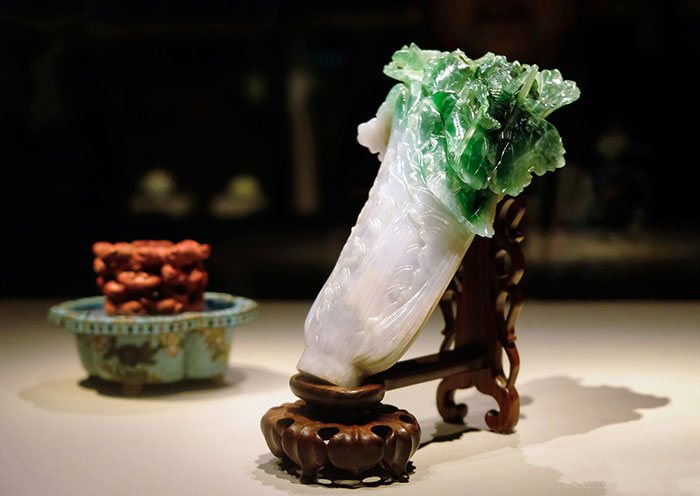
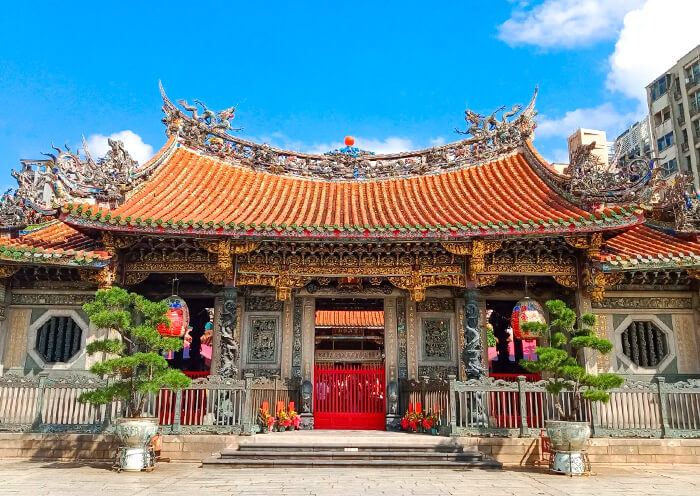
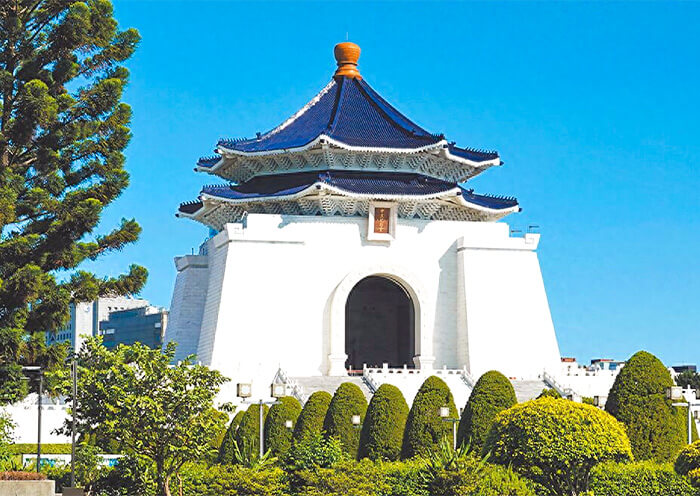
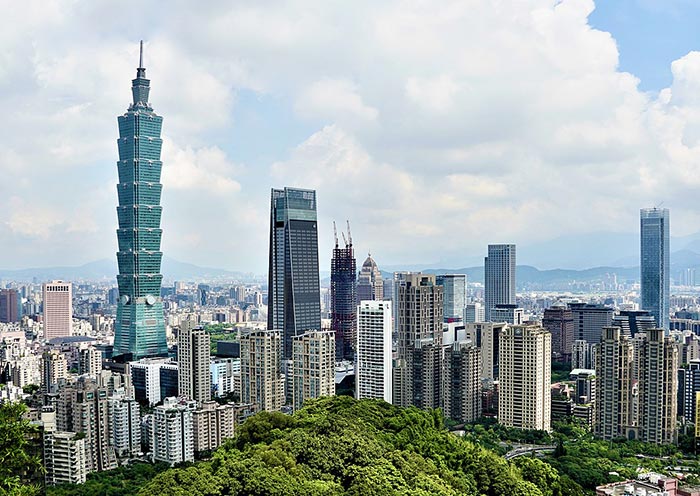
Another day with Hot Spring, old street and romantic harbor.
Notice: Beitou Hot Spring Museum & Thermal Valley closed on Monday.
After breakfast, head to Beitou Hot Spring Museum (北投温泉博物馆), a former Public Bathhouse during Japanese colonial era. It reflects the growing Hot Spring culture in Taiwan. Building blends Victorian and Japanese architectural styles. The ground floor is constructed from brick, the second floor from wood, and the roof is made of black tiles.
Inside, first floor features an 800-kilogram Beitou Stone. Upstairs, a wooden recreation area with a large tatami hall and balcony showcases early Taiwanese film history. Interactive exhibits even let you virtually learn hot spring culture from Japanese colonial period.
Next, visit Thermal Valley (地热谷) near museum. This is one of the sources of Beitou Hot Springs, located in the core of a volcanic cluster. Clear, bluish-green water reaches 80-100°C, emitting a faint sulfur scent. Steaming never stops.
As you approach, wind carries warm mist towards you, along with sulfuric aroma. However, it's crucial not to touch spring water, as it will cause burns, so take care of your limbs. While you can't directly soak, the scenic area provides a water channel with cooler spring water to enjoy a foot bath. Bring your towel, buy some hot spring eggs!
Then, head to Tamsui Old Street (淡水老街). This is one of the most popular historic districts around Taipei. Most Taipei couples and families have memories of spending weekends here. You can stroll through Tamsui Old Street. The street still preserves some red-brick Western-style buildings, arcade houses, and century-old temples. A must-try is Tamsui's unique A-gei (fried tofu pocket stuffed with glass noodles). After eating, walk towards the riverbank to take photos. Then, sit by shore and clear your mind. Here, everything moves at a slow pace.
Conclude your travel at Tamsui Fisherman’s Wharf (渔人码头). This is one of northern Taiwan's most iconic coastal tourist landmarks. It boasts a beautiful floating pier, with its most famous attractions being a circular route formed by a 330-meter wooden boardwalk, harbor park, and Lover's Bridge.
After the tour, drive back to hotel in Taipei.
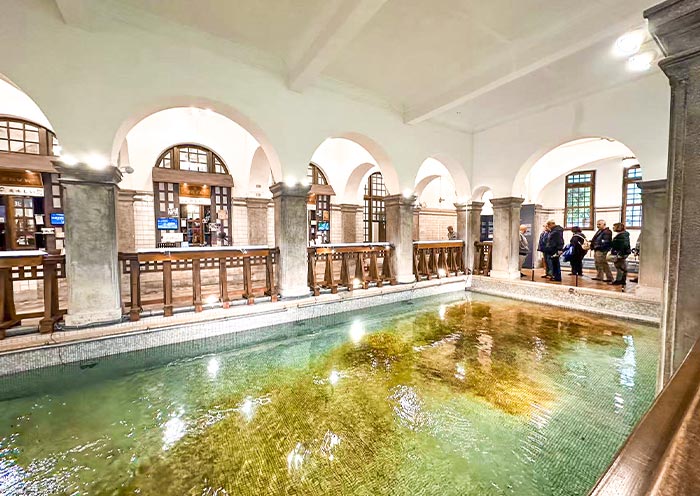
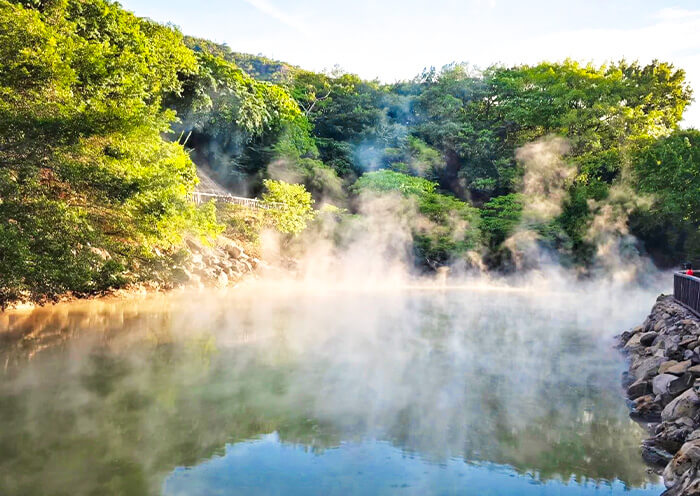

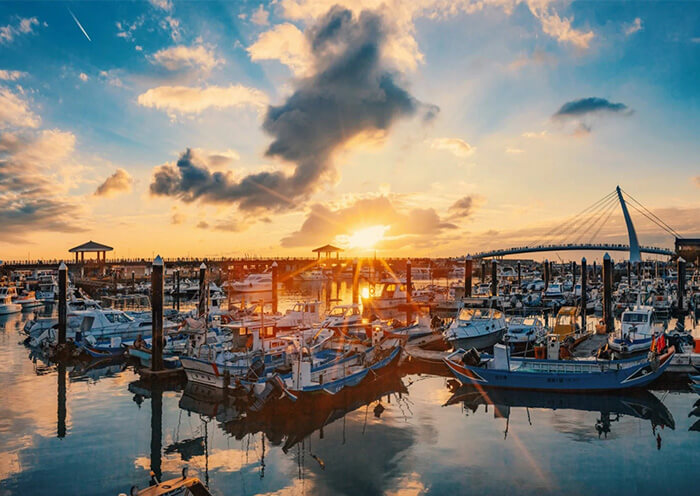
Today, spend a full day in suburban Taipei for cute animals and panoramic cable car views.
Drive to Taipei Zoo (台北市立动物园), Asia's largest zoo. This popular family attraction spans a vast 165 hectares and is home to over 3,000 animals across more than 400 species. Animals from Taiwan to Africa live here, with giant pandas, koalas, and penguins being among the stars, but common animals like poultry are also featured.
Once inside, hop aboard the park's mini-train straight to the top. From there, you can effortlessly explore downhill, saving your energy for more fun. You’ll love the regular animal behavior demonstrations where you and your family can sit at eye-level with the animals. It's the perfect distance for a close-up, respectful look - an absolutely excellent educational opportunity for all!
After that, take Maokong Gondola from Taipei Zoo. Maokong Gondola (猫空缆车) is Taipei's first sightseeing gondola. This 4.03-kilometer ride is famous for its distant views of Taipei and lush forests along the way.
You can board gondola at Zoo South Station (inside Taipei Zoo) and ride it to the final stop, Maokong Station. The one-way trip takes just over twenty minutes, offering panoramic views of Taipei City below, with Taipei 101 rising prominently from the distant cityscape.
P.S. We highly recommend opting for a Crystal Cabin. With a transparent floor, you'll admire forest directly beneath your feet as countless treetops whiz by. It's especially fun if you're not afraid of heights.
After the tour, our driver will take you to downtown Taipei. The remaining hours are yours. Rest up or take a leisurely stroll to prepare for your upcoming Taiwan Round Island Tour.
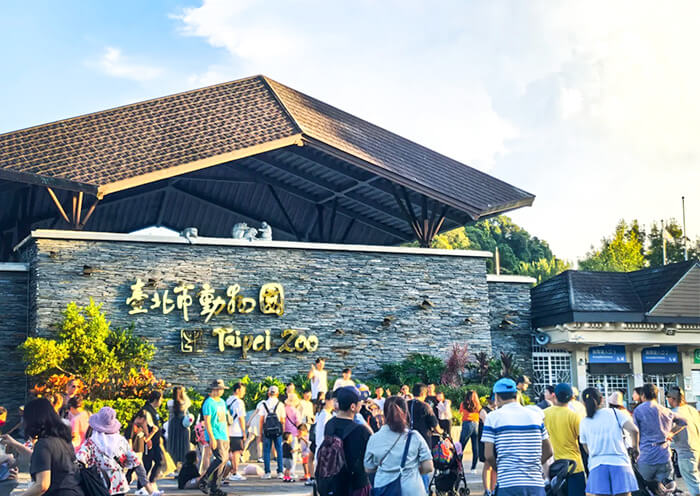

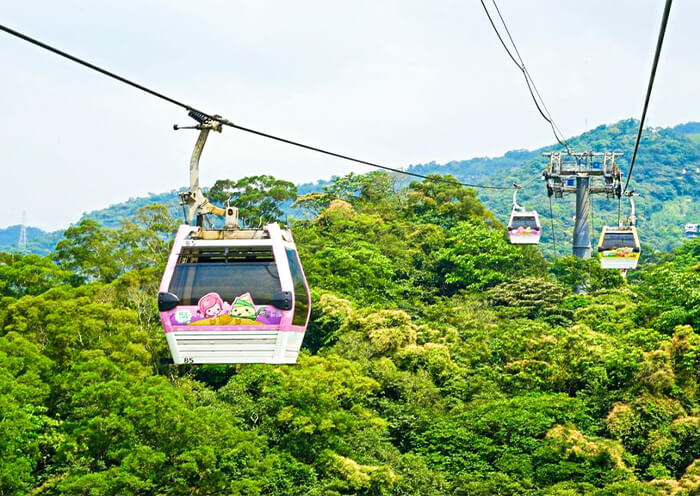
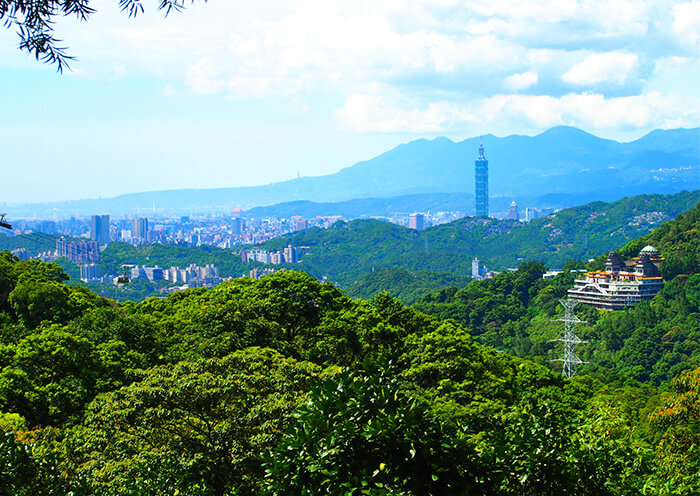
Today, try traditional cake DIY & half day lake cruise. After breakfast, drive 3.5h to Sun Moon Lake from Taipei. On the way near lake, DIY Pineapple Cakes (凤梨酥) first. This cake stand out as Taiwan's representative traditional pastry, filling with fresh pineapple or winter melon. It’s crisp, milky, and melt-in-your-mouth. This cake symbolizes good luck in Taiwan, and you'll get to make your own good fortune!
Note: Book seven days in advance.
Then, head to Sun Moon Lake (日月潭) for half day, Taiwan's largest natural freshwater lake and one of its "Eight Great Sights," as well as a sacred site for Taiwan's Thao indigenous people. At 748 meters elevation, the 116 square-kilometer lake boasts emerald green waters. Lalu Island divides it into two halves: Sun Lake (north, round like the sun) and Moon Lake (south, crescent-shaped like the moon).
Look afar, lake is surrounded by mountains adorned with beautiful trees. Pagodas peek through the foliage, and sunlight dances on water's surface. That’s "jumping sunshine"! You can take a sightseeing yacht counter-clockwise to explore all the highlights (Shuishe Pier → Xuanguang Temple Pier → Ita Thao Pier → Shuishe Pier).
Departing from Shuishe Pier by sightseeing yacht, you'll pass Lalu Island (拉鲁岛), the legendary home of the Thao ancestral spirits, which partially submerged due to an earthquake. Arrive at Xuanguang Pier to disembark and try delicious tea eggs. Follow the trail to Xuanguang Temple (玄光寺) by the lake, then proceed to Xuanzang Temple (玄奘寺) to see the relics of Master Xuanzang, and finally ascend Ci'en Pagoda (慈恩塔) for a panoramic view of Sun Moon Lake. Return to the pier to head to Ita Thao Pier, enjoy local delicacies ashore, and then return to Shuishe Pier.
Optional: If time permits, you can choose to cycle around the lake near Shuishe Pier, or take a cable car to explore the indigenous cultural theme park, Formosan Aboriginal Culture Village (九族文化村).
After the tour, stay at a hotel in Sun Moon Lake.
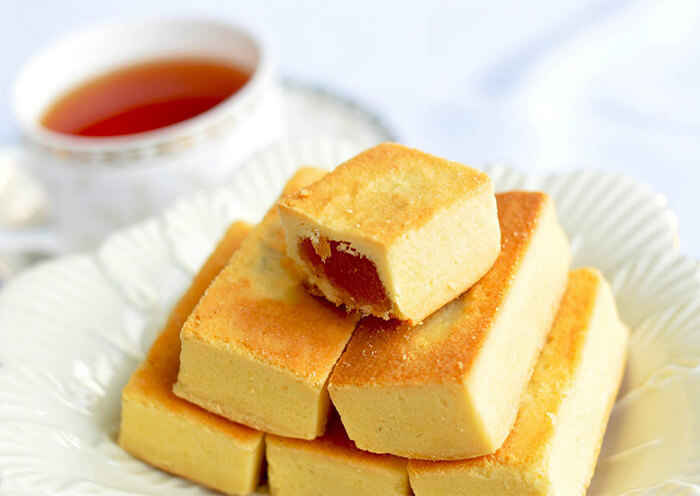
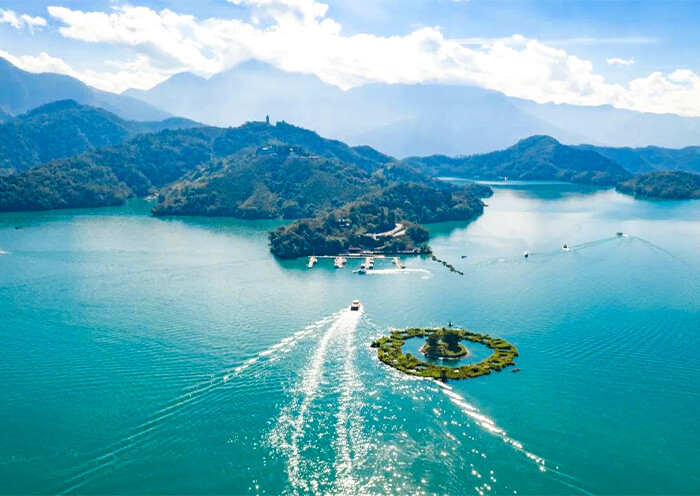

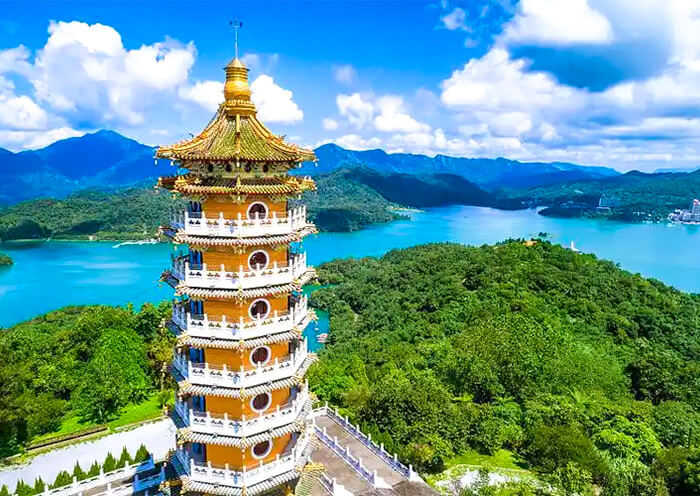
Wake up in Sun Moon Lake’s mist, you’ll head to Alishan this day (about 2.5h drive). On the way to Alishan, drink High-mountain Tea (高山茶). Taiwan is world-renowned tea hub for over 300 years. High-mountain teas, cultivated since the 1970s in Alishan, yield a crisp, sweet perfume. Take a sip, feel Alishan drifting out from tea!
Then, head to Alishan, sung about by Asian superstar Teresa Teng as having "girls beautiful as water." Alishan stands alongside Sun Moon Lake as a major Taiwanese natural landmark.
You'll visit the core Alishan National Forest Recreation Area (阿里山森林游乐区), over 2,000 meters above sea level. This is Taiwan's most popular forest recreation area, famous for its forest railway, giant trees, evening glow, sunrise, and sea of clouds. The Alishan Forest Railway, one of only three high-mountain railways left globally. You’ll love red trains cut through mist, gliding past trees as they climb the mountain. Take ride and step into forest world! Choose Nature (A) route or Culture (B) route:
A Route (Zhaoping Station, Sisters Ponds, Three Brothers & Four Sisters, Golden Pig Auspice, Forever Love, Magnolia Garden, Shouzhen Temple)
Ride forest train or shuttle to Zhaoping Station. Then walk to Sisters Ponds where two sisters, loving same man but unwilling to harm each other, ended their lives. Then visit Three Brothers & Four Sisters (trees from shared roots), reach Golden Pig Auspice, a pig-typed tree stump shimmering under sun. Pass heart-shaped Forever Love tree to Magnolia Garden, and Shouzhen Temple (Alishan's largest temple dedicated to its guardian deity). Return by shuttle.
B Route (Shouzhen Temple, Three Generations of Wood, Alishan Museum, Xianglin Elementary School, Ciyun Temple, Alishan Sacred Tree Remains)
Take shuttle to start at Shouzhen Temple, visit Three Generations of Wood (three trees stubbornly growing from a single root). Explore Alishan Museum (tree specimens, indigenous culture), pass Xianglin Elementary (Taiwan's highest-altitude school), then reach cultural landmark of Alishan - Ciyun Temple (high Buddhist temple, Japanese Zen style). See Alishan Sacred Tree Remains, including the 2,300-year-old Xianglin Sacred Tree (香林神木). After gazing up at king of forest, take train back to the entrance.
Tips:
- Alishan Forest Railway tickets are populaConsult us to purchase in advance.
- Temperatures are low, even in summer, staying around 15∘C (59∘F). Bring a light down jacket.
- Pack high-calorie snacks like chocolate.
After the tour, stay at a hotel in Chiayi.
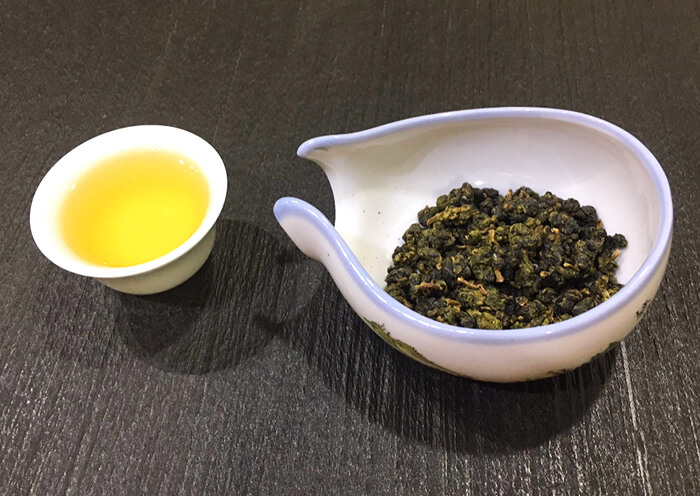

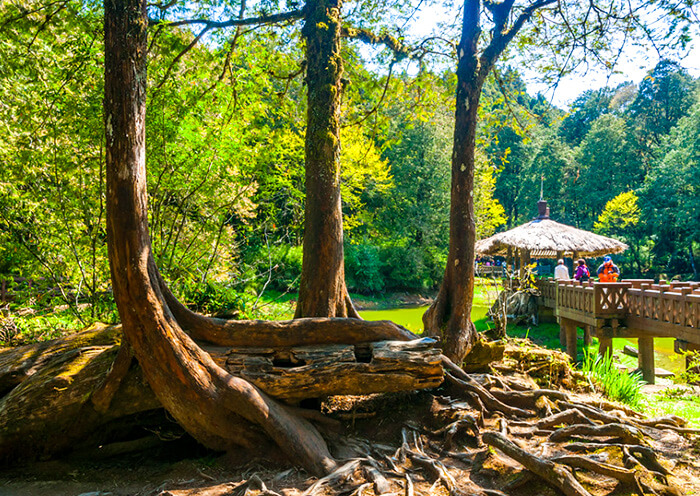
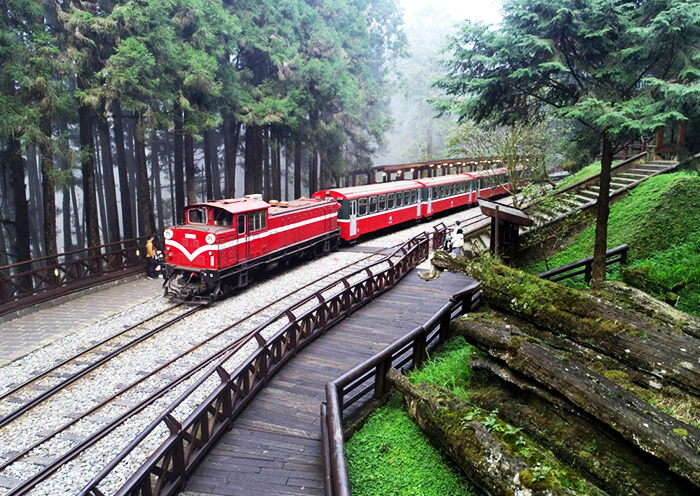
Today, you will depart Chiayi to Kaohsiung (100 km; 1.5 hours’ drive) after visiting Hinoki Village. When reach Kaohsiung, the third largest city & the largest port city in Taiwan, enjoy your time by visiting Fo Guang Shan Buddha Museum and Cijin Old Street (Cijin District).
Chiayi is acclaimed as the "Forestry Capital", with the Alishan Forest Railway (fully opened in 1912) bearing witness to the rise and fall of its forestry industry. When visiting Chiayi, you must explore Hinoki Village (桧意森活村) - Taiwan’s earliest forestry settlement and a Japanese-era (1895–1945) dormitory area known as the "Little Kyoto of Taiwan".
Comprising 29 Japanese-style wooden historic buildings, this complex is Taiwan’s largest cluster of Japanese architecture. Built primarily with Alishan cypress, the structures include single-family houses for senior staff, duplexes for managers and families, four-unit residences for dependents, and row houses for single employees, along with a public bathhouse and guesthouse.
Entering Hinoki Village, the scent of cypress transports you into a century of Alishan forestry history. Here, you can learn about timber heritage, admire traditional craftsmanship, browse artisan shops for souvenirs, enjoy coffee, and sample Japanese sweets. It’s perfect for strolls or taking photos in a kimono!
After that, head to Kaohsiung for Fo Guang Shan Buddha Museum (Closed on Tuesdays). Fo Guang Shan Buddha Museum (佛光山佛陀紀念館) is the largest Buddhist monastery in Taiwan, and its Big Buddha of Fo Guang is a famous landmark in Kaohsiung. The museum was founded in 1967 by Master Hsing Yun (星云大师; 1927-2023) and his disciples. Master Hsing Yun is the founding abbot of Fo Guang Shan, the 48th generation heir of the Linji Chan School, who was ordained at Qixia Temple in Nanjing and later propagated Buddhism in Taiwan at the age of 23. He introduced and advocated the "Three Acts of Goodness三好运动" in 1998 (Have Good Intentions, Do Good Deeds, Speak Good Words存好心、做好事、说好话), which gained widespread popularity in schools and society.
You can explore the Path to Buddhahood (成佛大道), a 1.5-kilometer path lined with Bodhi trees symbolizing enlightenment and wisdom. Along the way, you can visit highlights such as the Eight Pagodas, the Pavilion for Ten Thousand People, the main museum, and the Big Buddha of Fo Guang. To reach the Pavilion for Ten Thousand People (万人照相台), you need to climb 37 steps, symbolizing the Thirty-Seven Practices leading to enlightenment. From the Pavilion for Ten Thousand People, you can take a photo with the Big Buddha by facing east and with the Eight Pagodas (八塔) by facing west. The Main Museum (本馆; only available on weekends) is one of the key structures of the Buddha Museum, which enshrines the true relics of Buddha. Finally, you will have a close-up view of the Giant Buddha of Fo Guang (佛光大佛), made of over 1,800 tons of bronze and iron, standing approximately 108 meters tall, making it one of the tallest outdoor seated Buddhas in the world.
Approximately 20% of the population in Taiwan are Buddhist believers, and the Fo Guang Shan Buddha Museum is a popular destination for locals to pray, meditate, and contemplate life's philosophy. The museum hosts an annual Lantern Festival during the Chinese New Year, featuring blessing lantern displays, floral parades, markets, and other activities. Additionally, the vegetarian meals here are also quite popular.
Finally, transfer to Kaohsiung’s Cijin Old Street (50 km, 1hour drive) by Taiwan's only Undersea Tunnel - Kaohsiung Cross-Harbor Tunnel (高雄过港隧道; 1,670 m).
Cijin Old Street is located on Cijin Peninsula, the earliest port in Kaohsiung, which was once primarily centered around fishing. Later, due to the construction of Kaohsiung Port, Cijin became an outlying island. As a must-visit tourist spot in Kaohsiung, Cijin Old Street, adjacent to the Cijin Ferry Terminal, is renowned for its fresh seafood and traditional snacks. Here, you can savor grilled squid, swordfish fried cakes, pork soup, oyster omelets, peanut coriander ice cream rolls, sweet potato cakes, pig blood cake, 50 Lan milk tea, and more. The street is lined with traditional old shops and unique vendors, exuding a nostalgic atmosphere.
Near Cijin Old Street, you can find Cijin Mazu Temple (Kaohsiung's first Mazu temple; Since 1673) for Mazu culture and Minnan architecture, or stroll on Cijin Beach for its black sands and sea view, perfect for experiencing the fishing village charm and harbor allure of the port of Kaohsiung!
After the food tour in Cijin Old Street, go back to your hotel in Kaohsiung.
Free Time Ideas:
1. Love River Night Boat(The Love Boat; Self-pay): Enjoy a romantic boat trip on the Love River, the mother river of Kaohsiung, for the landmarks of Kaohsiung, such as Kaohsiung Music Center (junction between Love River & Kaohsiung Port) & Great Harbor Bridge (longest cross-port rotating bridge in Asia; next to the Pier-2 Art Center).
2. Taiwan Food Tour in Kaohsiung Night Markets: Explore Ruifeng Night Market (瑞丰夜市) or Liuhe Night Market (六合夜市) for local food.
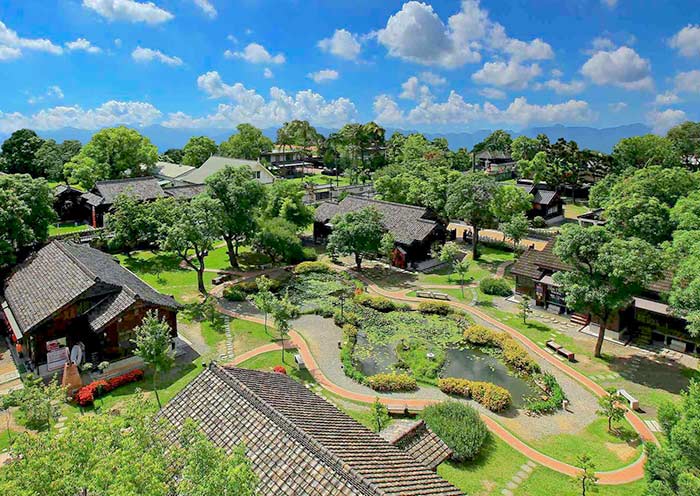
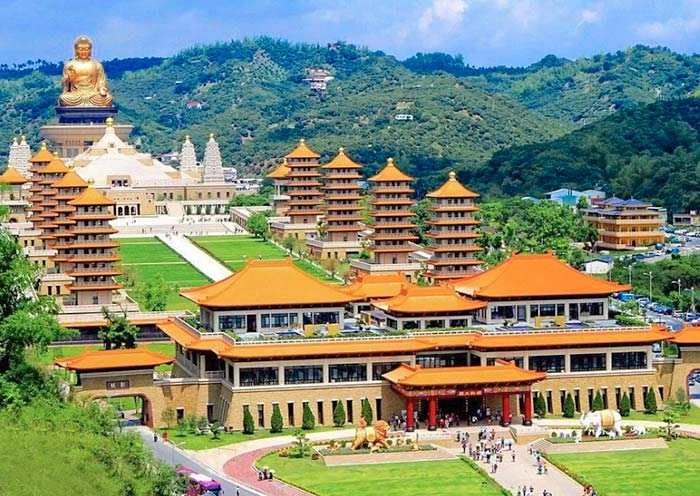


This morning, go on to explore Kaohsiung by visiting Lotus Lake and the Kaohsiung Museum of History. Then, depart Kaohsiung for Taitung (190 km; 4.5 hours drive) via Huaqiao Fish Market, Maritime Building café & Duoliang Railway Station. Overnight in Taitung.
Enjoy a morning hike around Lotus Lake (莲池潭), one of the must-visit spots in Kaohsiung. Every summer, lotus flowers bloom, filling the air with a delightful fragrance, hence the name Lotus Pond. It is not only a great place to admire lotus flowers but also a destination for experiencing Eastern religious culture due to its pavilions, giant statues, and surrounding city walls. When you visit Lotus Lake, you cannot miss the iconic "Dragon and Tiger Pagodas" by its shores. This pagoda was recommended by CNN, making it one of Kaohsiung's most traditional religious scenic areas.
Built in 1976, the Dragon and Tiger Pagodas stand at seven stories tall and are connected to the Nine-Turn Bridge, reflecting on the lake's surface to create a picturesque scene. It's said that there's a tradition when visiting the Dragon and Tiger Pagodas–you should enter through the dragon's mouth and exit through the tiger's mouth, which brings good luck and wards off evil. The pagoda's interior walls are adorned with exquisite ceramic artwork depicting moral stories, crafted by renowned artists. Additionally, along the shores of Lotus Lake, there are many temples and attractions like the Spring and Autumn Pavilion and the Beiji Xuantian Shangdi Temple. It is a popular spot for locals to stroll, cycle, and relax by the lake.
After that, head to Kaohsiung Museum of History (高雄市历史博物馆). It was founded in 1939 as the Kaohsiung City Office by the Japanese. The main building is designed in a hybrid Japanese and Western style, offering a glimpse into the architectural style of the peak of Japanese imperialism. After WWII in 1945, the Kaohsiung City Office was taken over by the Nationalist government and renamed the Kaohsiung City Hall. Then in 1998, it became Kaohsiung Museum of History, Taiwan’s first history museum ever run by a local government.
The building of this museum itself is a landmark in Kaohsiung's history, which was one of the important historical sites of the 2-28 Incident. Tucked into neat rooms down the blonde-wood and marble hallways are photographic displays, a semipermanent 2-28 memorial, and exhibits that change quarterly. The museum often showcases the development history of Kaohsiung from "Takau" to "Kaohsiung" through exhibits focusing on water systems, maritime affairs, and railways.
Finally, arrive in Taitung for a tranquil overnight stay.


Today, you will pay a visit to Taitung’s Sanxiantai Nature Reserve and Tropic of Cancer Monument, before heading to Hualian. Enjoy the highlights of Hualien, such as the Qixingtan Beach and Chishingtan Katsuo Museum. From Taitung to Hualien is about 190 km (over 4 hours drive). Overnight in Hualien.
Enjoy a morning stroll at Sanxiantai Nature Reserve (三仙台), a landmark on the east coast of Taiwan & an important research base for coastal plant ecology. It consists of offshore islets, coral reef coasts, and rocky shores. A beautiful Eight-arch Bridge spans from the coastline to the island, resembling a giant dragon stretching across the sea, and has become a landmark building in Taitung.
Legend has it that three of the Eight Immortals in Taoism, Tieguai Li, Lu Dongbin, and He Xian'gu, once rested on the three coral reef rock peaks on the island, leaving behind traces, hence the name Sanxiantai. This place is often mentioned in geography textbooks in Taiwanese, with its volcanic rock terrain, coral reef coasts, and coastal erosion landscapes (sea stacks/caves) being used to explain plate tectonics, weathering, and erosion processes. You can walk along the trail to observe the ecological and geological landscapes along the way. Additionally, due to the large waves in the area, it is also a great place to observe the surging tides. It is not only a fishing ground but also an excellent spot for locals to view the sunrise over the sea.
Then, have a quick stop at the Tropic of Cancer Marker Park for the Monument of The Tropic of Cancer (北回归线纪念碑). There is a white sundial-shaped building here, a must-visit spot for taking photos on the way to Hualien. The Tropic of Cancer is set to mark the farthest point on the equator where the sun can shine directly in the Northern Hemisphere, located at 23.5 degrees north latitude. During the summer solstice, the sun shines directly on the Tropic of Cancer, creating a unique phenomenon where shadows disappear at noon.
You can walk back and forth under the directional indicator of the Tropic of Cancer, experiencing the joy of crossing two monsoon climates - tropical and subtropical. The park features an outdoor parking lot, a giant teapot-shaped art installation, restrooms, trails, and rest areas. Additionally, you can explore the explanatory signs in the four cardinal directions, learn about the 24 constellations and celestial phenomena, and admire the beautiful tea plantation landscapes surrounding the Wuhe Terrace.
In the afternoon, relaxing by Hualien’s Qixingtan Beach (七星潭海滩). Qixingtan, also known as Crescent Bay, is one of the best coastal views in Hualien. It is famous for its pebble beach and beautiful curved bay, perfect for strolling and listening to the sound of the waves. Qixingtan boasts stunning views where the beautiful blue sky meets the vast Pacific Ocean, with smooth pebbles dotting the coastline and clouds crowning the mountain ranges embracing the shoreline.
There is a legend at Qixingtan about stacking pebbles one by one to form a pile for good luck. Moreover, it is an excellent spot for admiring the view of the Qingshui Cliffs from afar, stargazing, and watching the sunrise. Additionally, next to the Qixingtan Beach is the Hualien Airport, where, if you are lucky, you may see several aircraft flying in formation overhead.
Notes:
1. No stone picking: The pebbles at Qixingtan are an integral part of the natural landscape and should not be removed (it is illegal).
2. Safety precautions: The water at Qixingtan is deep and not suitable for swimming; please ensure your safety.
At last, time to visit Chishingtan Katsuo Museum (七星潭柴鱼博物馆), the only industrial museum in Taiwan dedicated to showcasing the theme of Chaiyu (dried bonito). The museum features a Fishing Village Industrial Cultural Area, Black Tide Manbo Merchandise Area, Fish Education and Handicraft Area, and a Local Regeneration and Co-creation Area, recreating the unique marine story of inheriting Japanese fish processing techniques in Qixingtan, Hualien, providing you with a deep local travel experience. Overnight in Hualien.
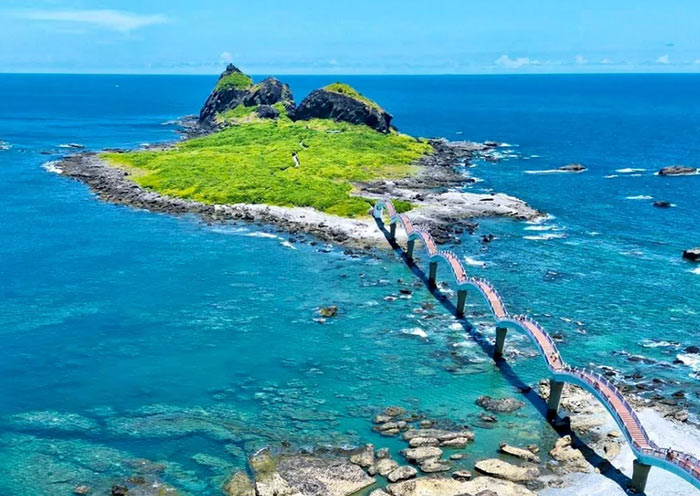


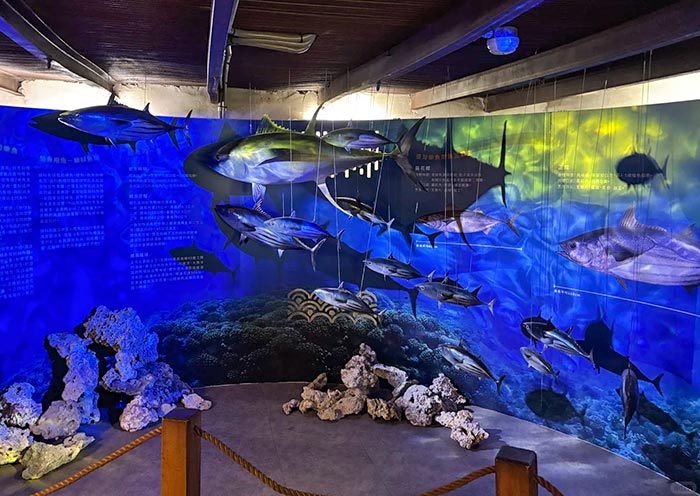
Today, time to head to Taipei via a visit to Yilan's Su'ao Aquatic Products Factory, National Center for Traditional Arts. It is about 170 km from Hualian to Taipei (over 4 hours' drive). The tour ends in Taipei.
This morning, you will head to visit Yilan's Su'ao Aquatic Products Factory (溪和水产观光工厂). The factory is themed around seafood cartoons. Here, you can admire the fish-catching art walls that showcase the progression of the fishing industry culture. Learn how the factory transformed from a fisherman's lodge (since 1995) into a modernized tourist attraction. Discover the standardized processes, operation of advanced machinery, and how skilled personnel on the production line ensure high-quality seafood for consumers.
The factory offers fresh frozen products, allowing you to witness the packaging process through floor-to-ceiling windows. Besides up-close tours and tasting of fresh and delicious fish products, there are on-site seafood DIY experiences for a simple understanding of the seafood processing. Enjoy a light lunch at the factory (Include) for a delightful and easy culinary experience.
After lunch, head to National Center for Traditional Arts (传艺中心), a must-visit attraction in Yilan. Spanning a vast area, it gathers numerous skilled artisans specializing in folk arts, crafts, and performing arts, making it a park filled with cultural heritage and interest. The park is mainly composed of "Three Halls, Three Streets, Three Buildings." Of these, the three streets are a must-visit - "Riverside Street, Luban Street, Wenchang Street," covering various art shops, DIY experiences (such as woodworking, indigo dyeing, leathercraft), opportunities for taking photos in cheongsam dresses against red brick walls and lanterns, performances, and boat rides. Additionally, the three buildings - "Wenchang Temple, Guangxiaotang, Huang's Residence" embody rich traditional Minnan-style architectural features and are worth a visit!
At last, head back to Taipei. It is time to end your 11 Days Taiwan Family Tour. Thank you for choosing Asia Odyssey Travel (AOT) for your Asia Tour, and we are always here working for you and hope to see you again for your next trip to Asia. Safe journey!
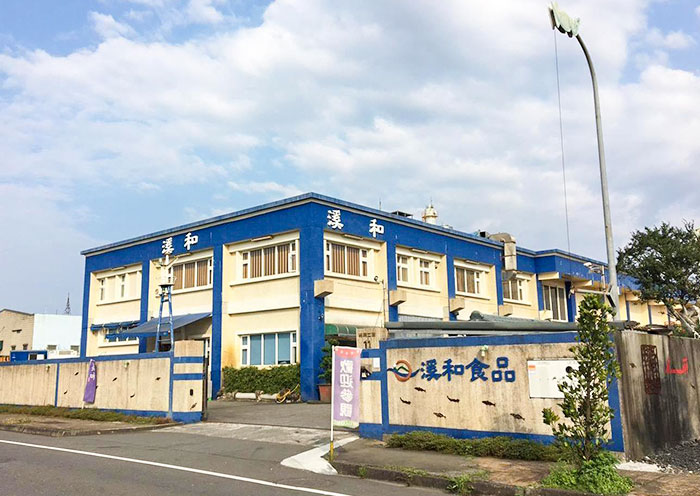

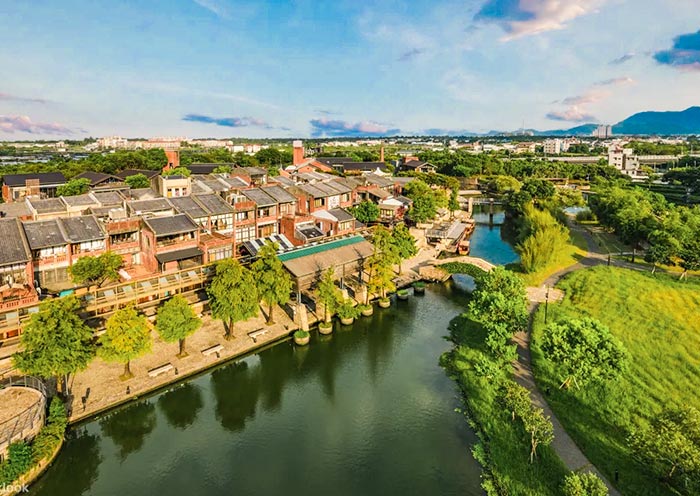
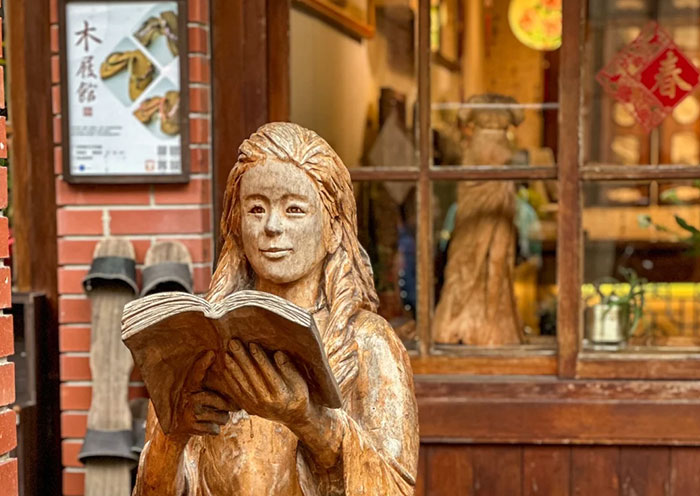
Price: What’s Included & What’s Excluded
What's Included:
What's Excluded:
Important Trip Notes for Booking Taiwan Tours
Accommodation & Hotel Condition for Your Taiwan Tour
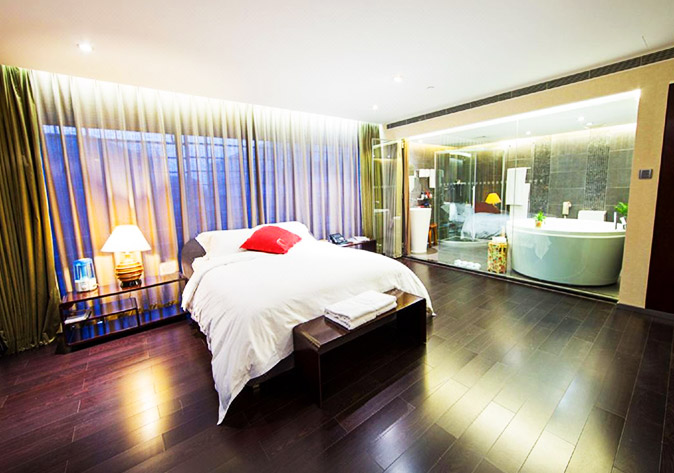

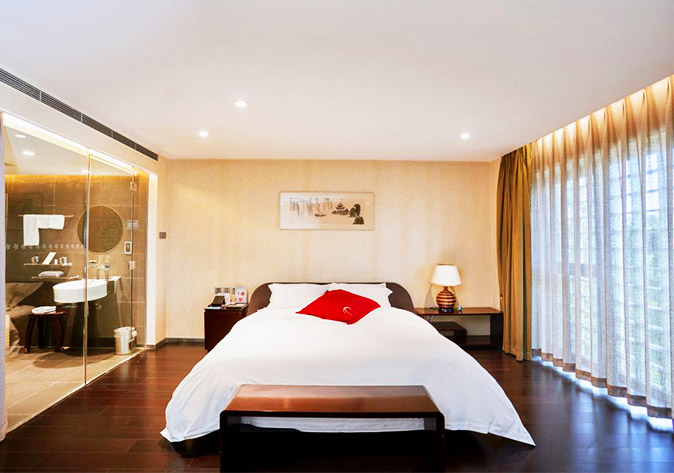
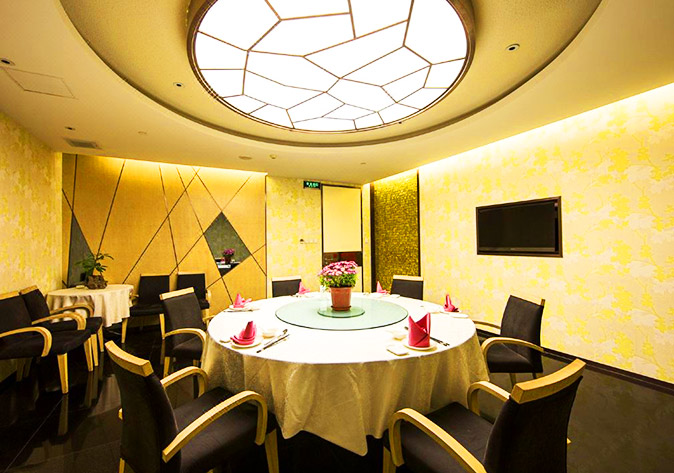
Photo Gallery for This Itinerary
Latest Taiwan Tours Reviews from Our Customers

Lujia zhang
United States
Destination(s): Taiwan
Date of Experience: Aug 09, 2025
Tour Customized by: Owen
You May be Interested in This Tour: Customized Tour

Sophie Carter
America
Every time I travel with my family, I can't help but be the most stressful one, always taking care of my parents and children. But Asia Odyssey Travel's Taiwan tour was completely stress-free. I'm so thankful! Their local team is excellent. We never had to worry about a thing, allowing us to fully enjoy Taiwan's beauty and culture. For our next family tour, Asia Odyssey Travel will definitely be my first choice.
Destination(s): Taiwan
Date of Experience: Jul 10, 2024
Tour Customized by: Isaac
You May be Interested in This Tour: 11 Days Taiwan Family Tour & Taiwan Round Island Tour

Sakura Tanaka
Japan
I had never tried oyster omelets or stinky tofu anywhere before. This trip was a total food adventure! Fortunately, they tasted good. Thanks to my consultant and guide's local hacks, my family enjoyed a good appetite at night markets in Kaohsiung and Tainan. Every local staff member we encountered was incredibly friendly, patient, and genuinely eager to make our trip special. It's the personal touch that really stands out.
Destination(s): Taiwan
Date of Experience: Jul 10, 2024
Tour Customized by: Shirley
You May be Interested in This Tour: 3 Days Kaohsiung Food Tour - Try Taiwan Food in Kaohsiung & Tainan
Price: request
(Based on a private tour for two people. Price varies depending on program, travel date, number of people.)
Free Enquiry! You don’t need to pay for the reservation.
- United States (+1)
- Australia (+61)
- Singapore (+65)
- Malaysia (+60)
- Philippines (+63)
- Canada (+1)
- Italy (+39)
- Indonesia (+62)
- United Kingdom (+44)
- Spain (+34)
- Mexico (+52)
- Hong Kong (+852)
- Thailand (+66)
- United Arab Emirates (+971)
- New Zealand (+64)
- South Africa (+27)
- Germany (+49)
- Brazil (+55)
- India (+91)
- France (+33)
- Vietnam (+84)
- The Netherlands (+31)
- Saudi Arabia (+966)
- Ireland (+353)
- Argentina (+54)
- Switzerland (+41)
- Romania (+40)
- Pakistan (+92)
- Japan (+81)
- Portugal (+351)
- Bangladesh (+880)
- South Korea (+82)
- Puerto Rico (+1)
- Türkiye (+90)
- China (+86)
- Belgium (+32)
- Qatar (+974)
- Greece (+30)
- Taiwan (+886)
- Austria (+43)
- Poland (+48)
- Israel (+972)
- Chile (+56)
- Sri Lanka (+94)
- Nigeria (+234)
- Peru (+51)
- Colombia (+57)
- Hungary (+36)
- Nepal (+977)
- Denmark (+45)
- Bulgaria (+359)
- Norway (+47)
- Slovenia (+383)
- Sweden (+46)
- Kuwait (+965)
- Costa Rica (+506)
- Ecuador (+593)
- Venezuela (+58)
- Malta (+356)
- Croatia (+385)
- Tunisia (+216)
- Czechia (+420)
- Mongolia (+976)
- Bahrain (+973)
- Mauritius (+230)
- Papua New Guinea (+675)
- Cambodia (+855)
- Dominican Republic (+1)
- Luxembourg (+352)
- Finland (+358)
- Guatemala (+502)
- Myanmar (+95)
- Maldives (+960)
- Slovakia (+421)
- Laos (+856)
- Serbia (+381)
- Brunei (+673)
- Oman (+968)
- Macao (+853)
- Panama (+507)
- Morocco (+212)
- Jordan (+962)
- Georgia (+995)
- Fiji (+679)
- Bolivia (+591)
- Lithuania (+370)
- Bahamas (+1)
- Cyprus (+357)
- Latvia (+371)
- Bhutan (+975)
- Iraq (+964)
- Iran (+98)
- Kenya (+254)
- Jamaica (+1)
- Zimbabwe (+263)
- Azerbaijan (+994)
- Uruguay (+598)
- Estonia (+372)
- Andorra (+376)
- Cameroon (+237)
- Ghana (+233)
- Kazakhstan (+7)
- Nicaragua (+505)
- Egypt (+20)
- Russia (+7)
- Albania (+355)
- Réunion (+262)
- Montenegro (+382)
- Algeria (+213)
- Afghanistan (+93)
- Martinique (+596)
- Uganda (+256)
- Honduras (+504)
- North Macedonia (+389)
- Trinidad and Tobago (+1)
- Suriname (+597)
- Antigua and Barbuda (+1)
- Zambia (+260)
- Ukraine (+380)
- Armenia (+374)
- Barbados (+1)
- Belarus (+375)
- Palestine (+970)
- Lesotho (+266)
- Moldova (+373)
- Ethiopia (+251)
- French Polynesia (+689)
- Gambia (+220)
- Guam (+1)
- Gibraltar (+350)
- Isle of Man (+44)
- New Caledonia (+687)
- El Salvador (+503)
- Comoros (+269)
- Seychelles (+248)
- Chad (+235)
- Samoa (+685)
- Cook Islands (+682)
- Palau (+680)
- Paraguay (+595)
- DR Congo (+243)
- Solomon Islands (+677)
